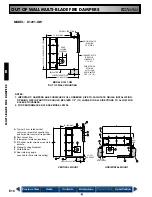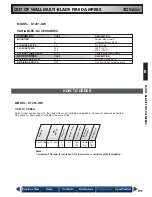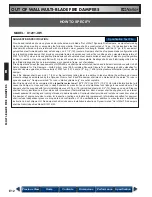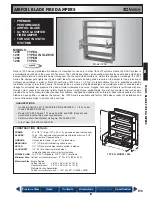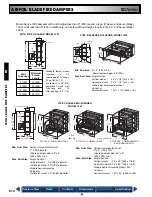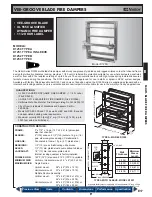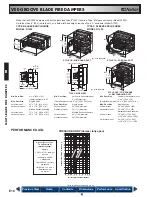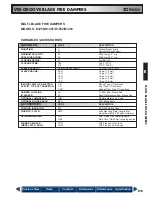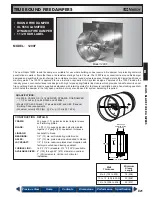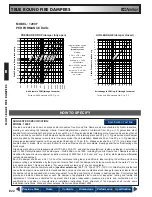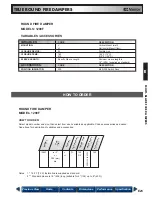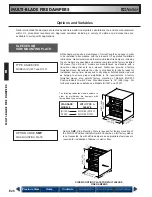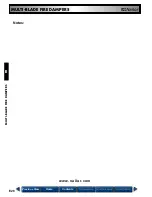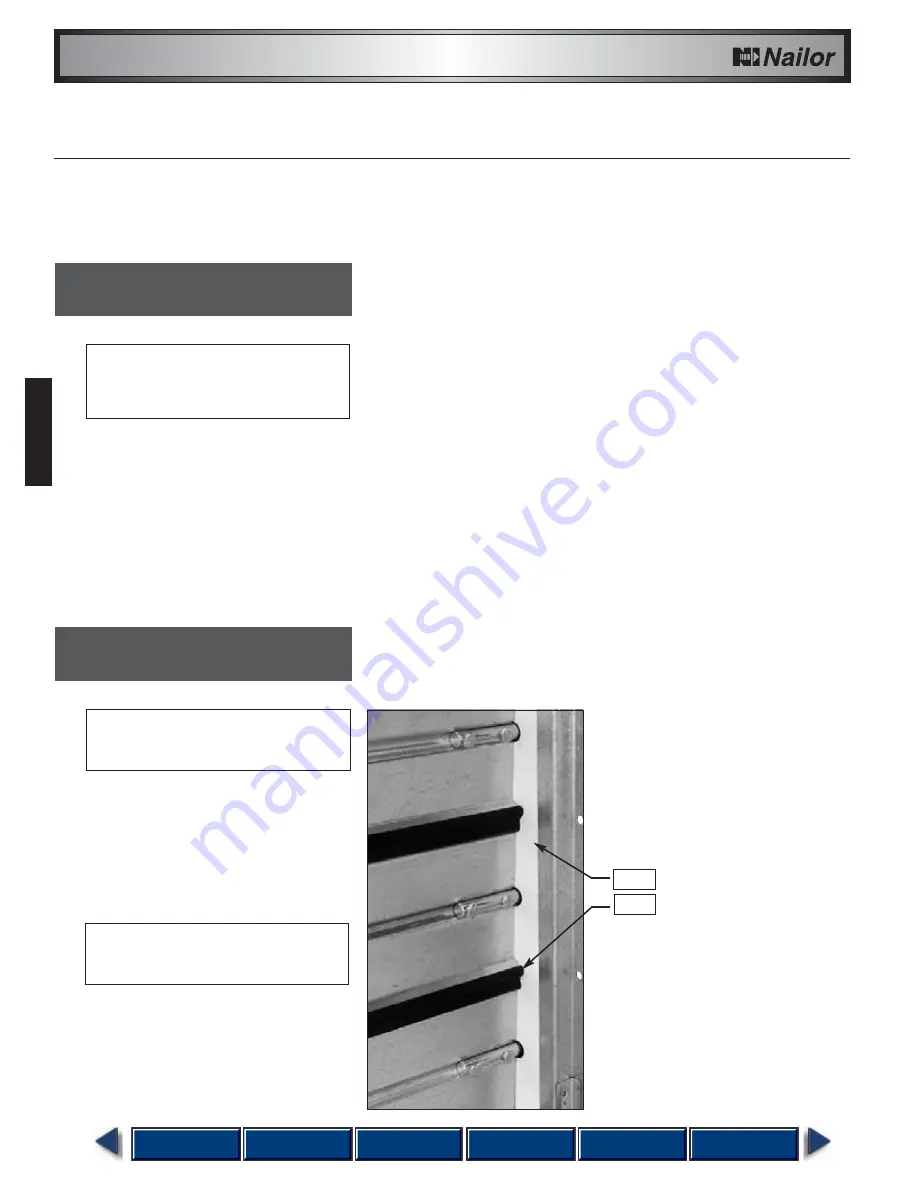
E24
MULTI-BLADE FIRE DAMPERS
Nailor multi-blade fire dampers are tested by and listed with Underwriters Laboratories Inc. and are
manufactured within UL procedural requirements. Approved variables including a variety of options and
accessories are available to suit specific applications.
OPTION CODES
165 212
FUSIBLE LINK TEMPERATURE
Option Code JSM provides
damper with flexible metal jamb
seals to minimize air leakage
between blade ends and frame.
Suitable for use in applications that
may require damper to be used as
a shut-off damper for example, as
well as a fire damper. For use on
1250 Series dampers.
Option Code BSP
provides
damper with dual durometer PVC
blade edge seals. Blade seals
minimize air leakage between
blades, and are a suitable option
for use in applications that may
require damper to be used as a
shut-off damper for example, as
well as a fire damper. For use on
D1250 Series dampers.
OPTION CODE
JSM
FLEXIBLE METAL JAMB SEALS
OPTION CODE
BSP
PVC BLADE SEALS
Fusible links for Model Series (D)1200, D1250 and 1290F fire dampers
are available with a choice of several melting temperature ratings.
Nailor fire dampers are provided as standard with 165°F (74°C) fusible
link. Optional 212°F (100°C) link can be installed on damper at time of
manufacturing, or can be ordered separately as a replacement part for
field installation as part of a regular maintenance program or after a fire
emergency (providing damper is still functional).
The National Fire Protection Association Standard 90A states that
"fusible links shall have a temperature rating approximately 50°F (28°C)
above the maximum temperature that normally is encountered when
the system is in operation or shut down, but not less than 160°F (71°C)."
Adhering to this guideline helps prevent 'nuisance trips' resulting in
unnecessary replacement costs and labor time. Note that local building
codes may also stipulate a maximum closure temperature rating.
JSM
BSP
E
MUL
TI-BLADE
FIRE
DAMPERS
E24
OPTIONAL SEALS:
CLOSURE TEMPERATURES:
Revised April 26, 2005
Options and Variables
Previous View
Contents
Dimensions
Performance
Specification
Home

